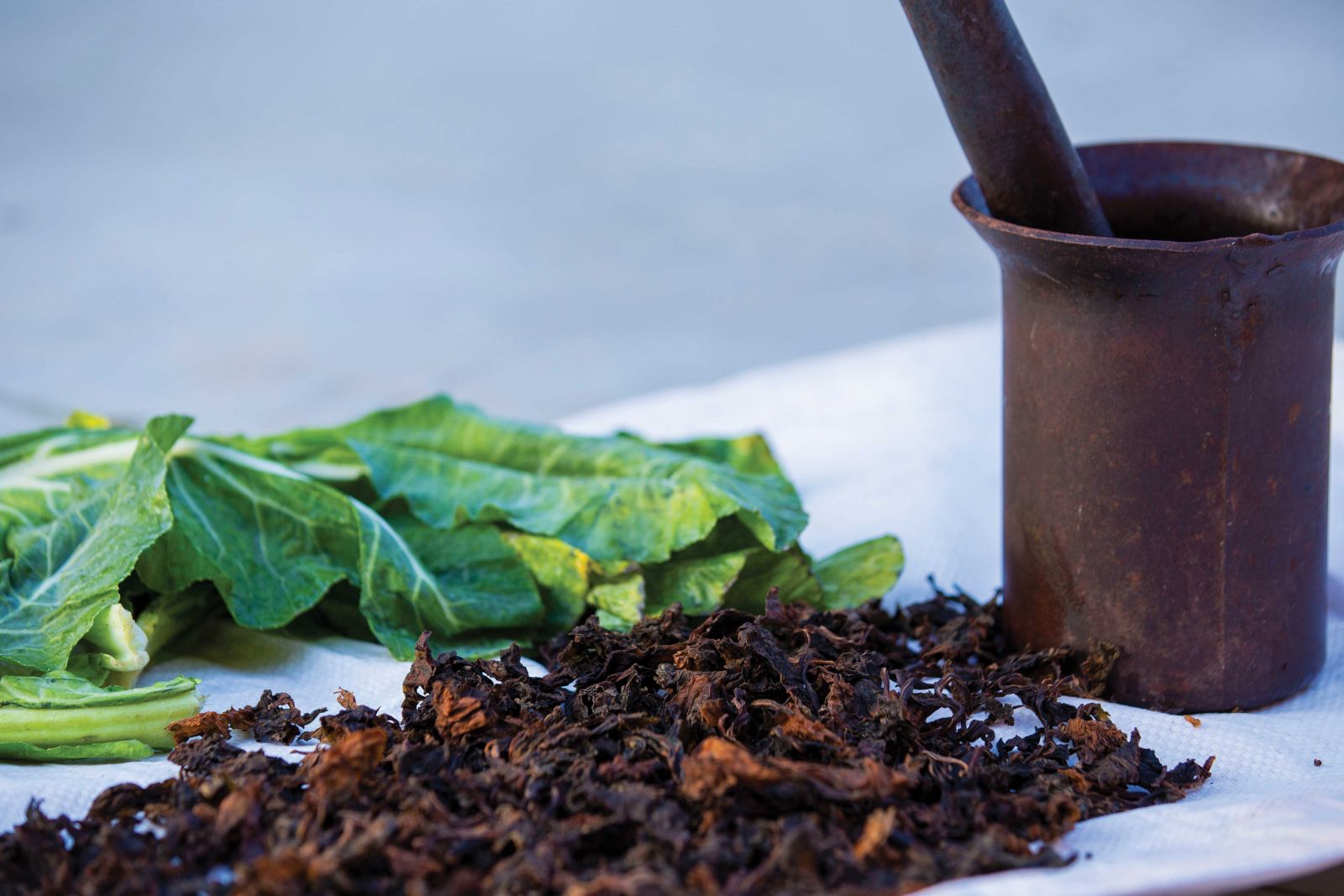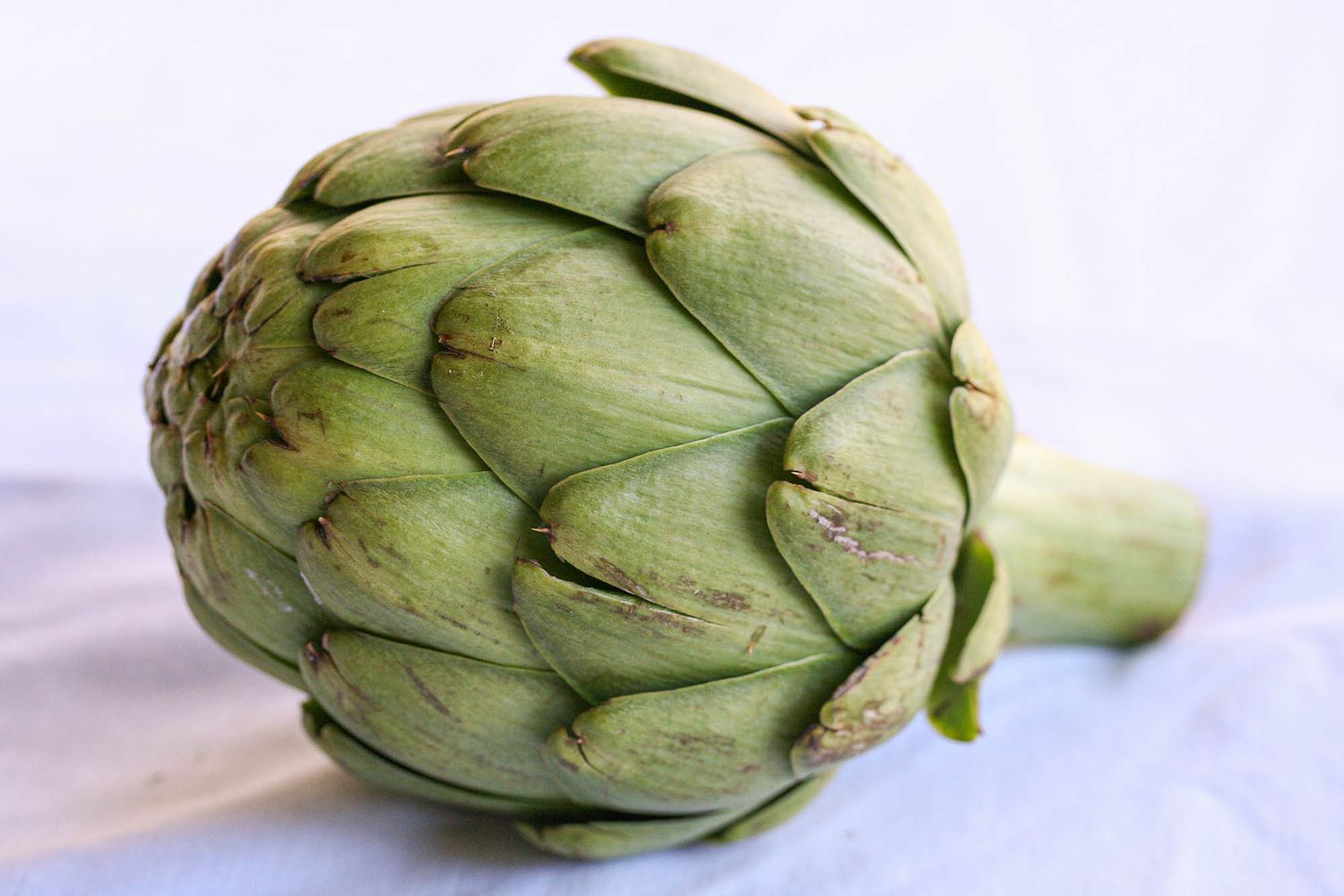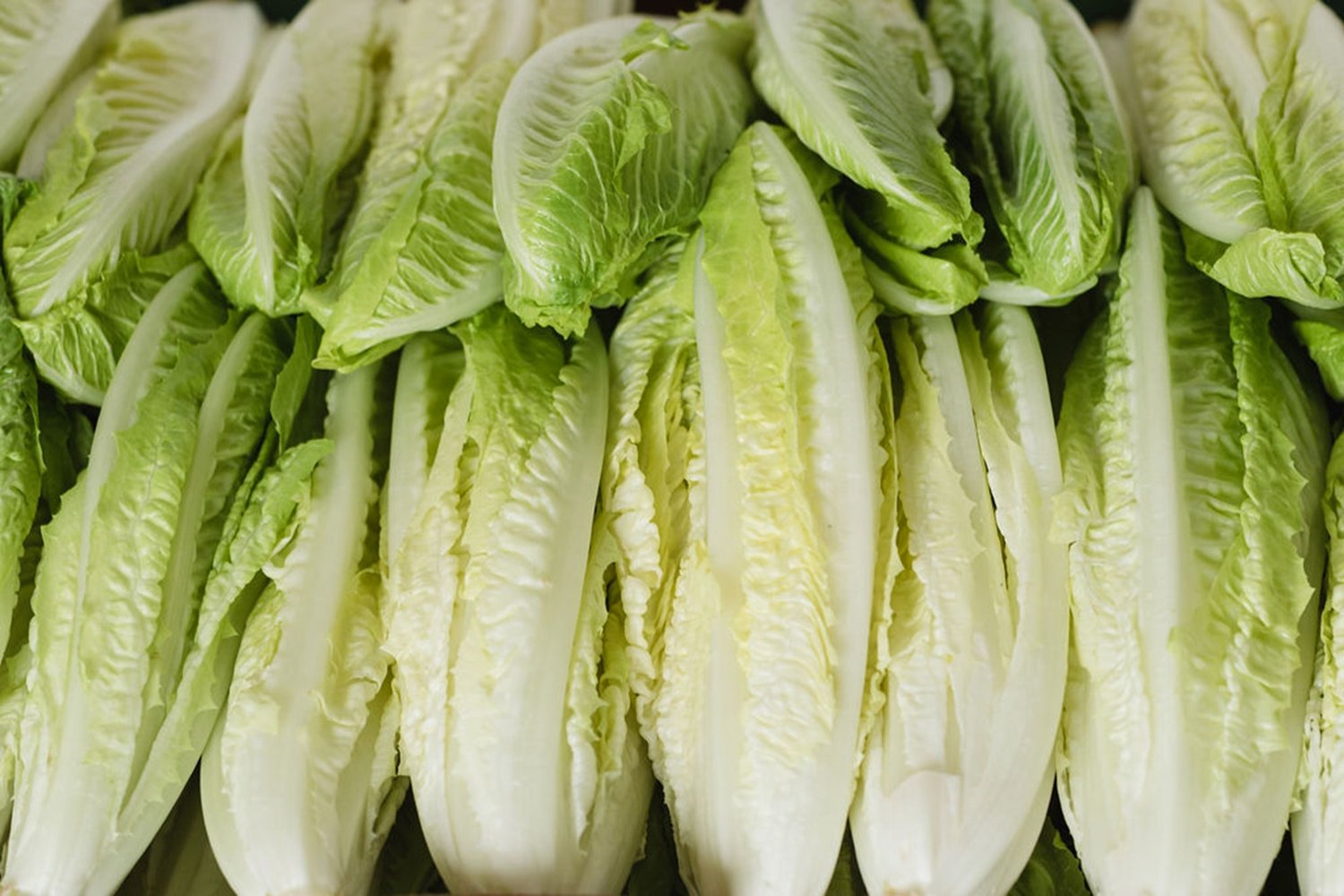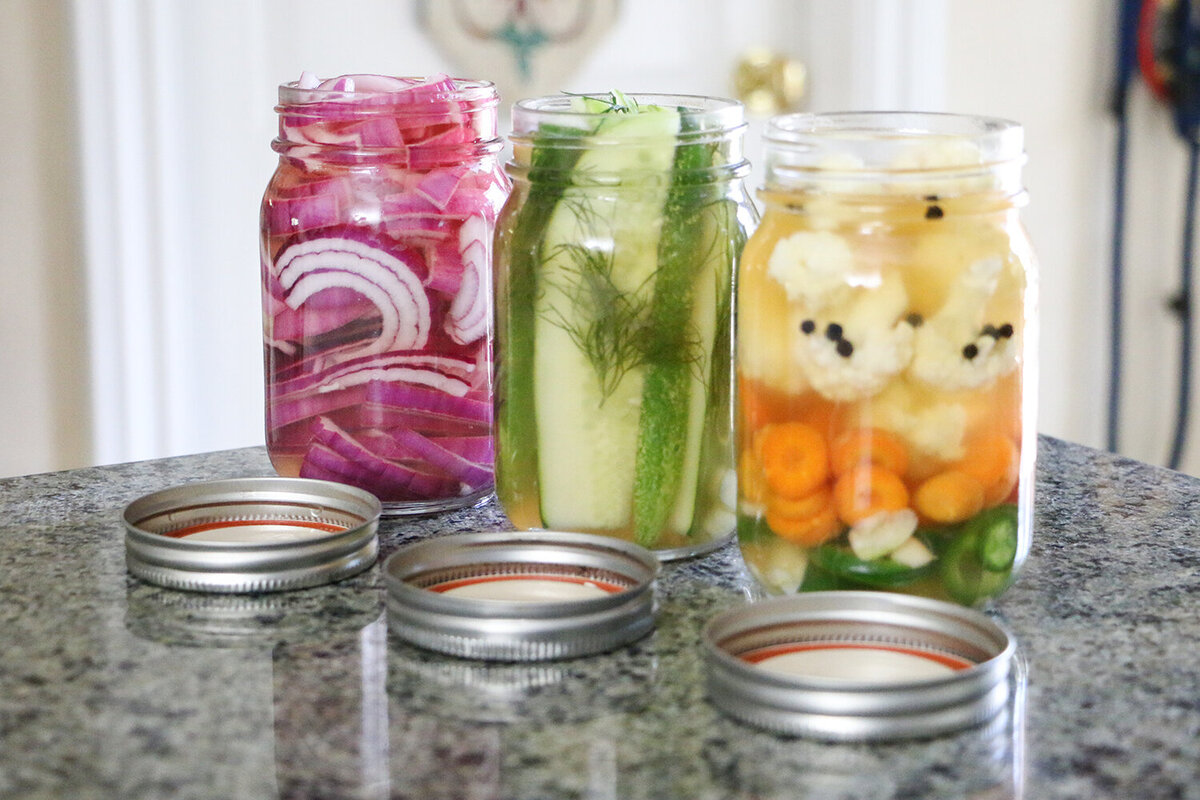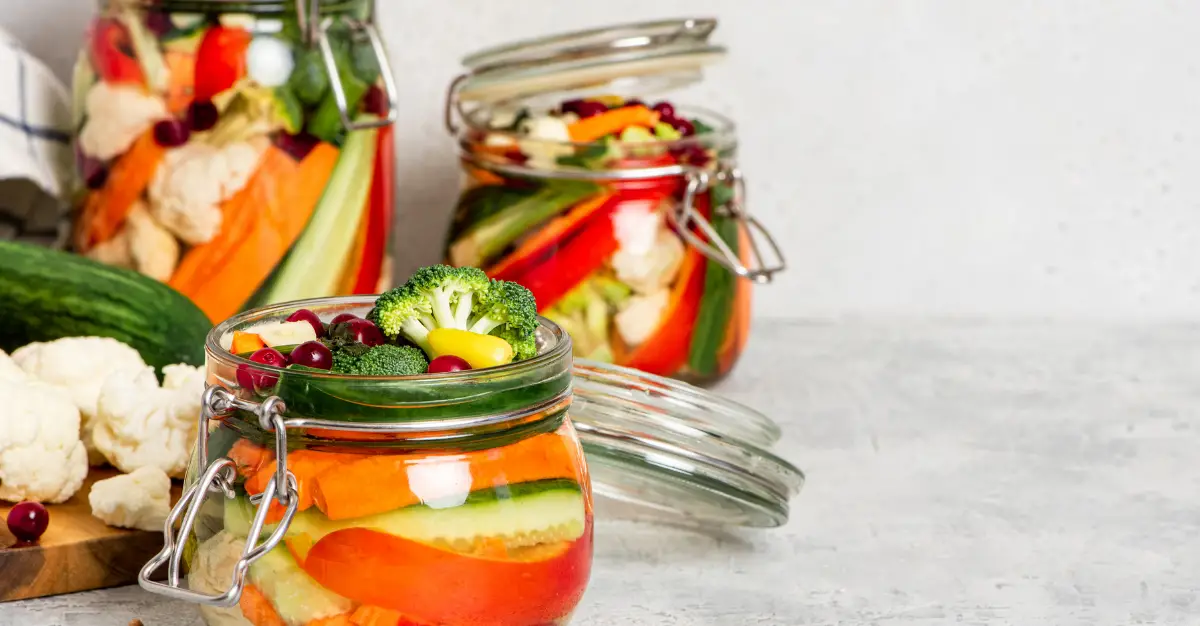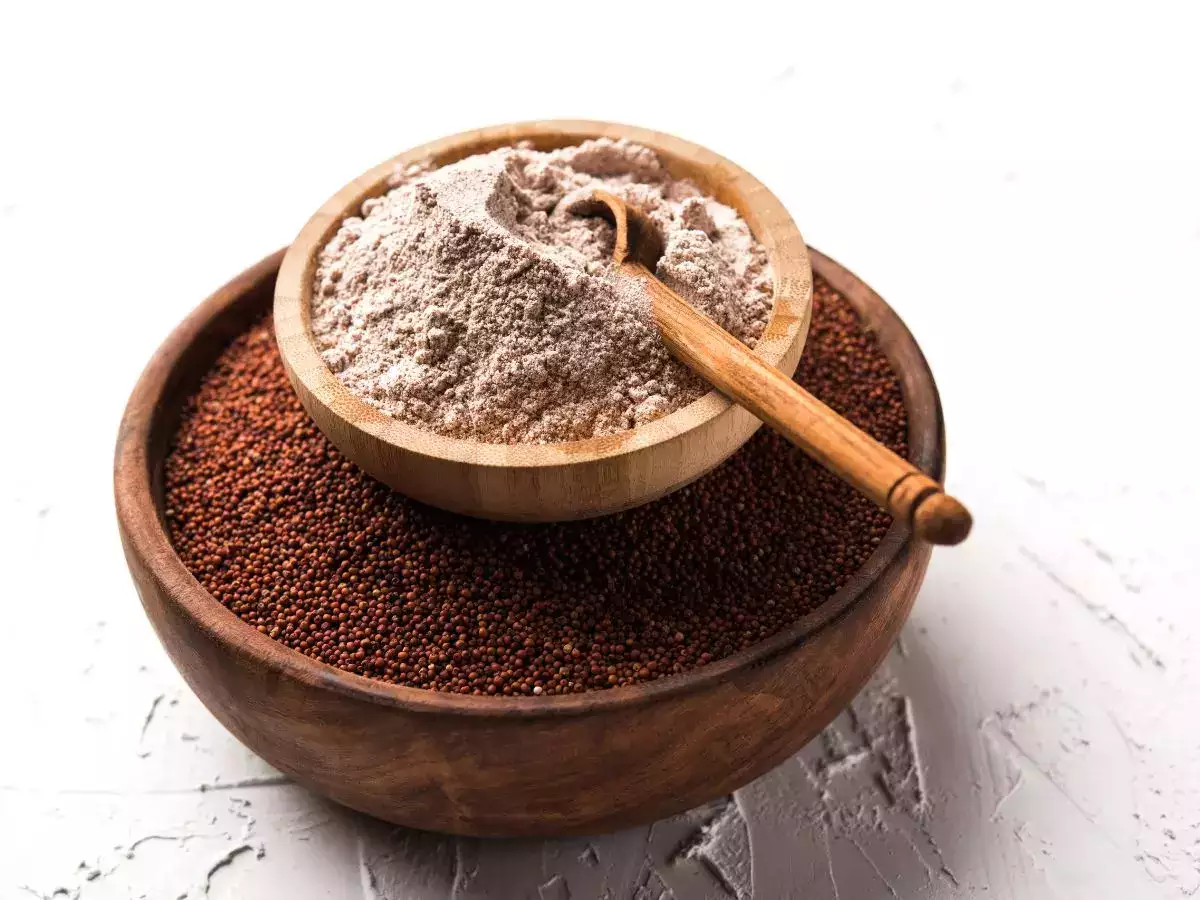What is the GAPS Diet?
The Gut and Psychology Syndrome (GAPS) diet is a therapeutic diet designed to heal the gut and improve overall health. It focuses on removing certain foods that can be difficult to digest and replacing them with nutrient-dense foods that support gut health. Fermented vegetables are a key component of the GAPS diet, as they are rich in probiotics and enzymes that can aid in digestion and support a healthy gut microbiome.
Why Ferment Vegetables for the GAPS Diet?
Fermenting vegetables is a traditional method of food preservation that not only extends the shelf life of produce but also enhances its nutritional value. For those following the GAPS diet, fermented vegetables offer a potent source of beneficial bacteria that can help restore gut health and improve digestion.
How to Ferment Vegetables for the GAPS Diet
Here’s a simple guide to fermenting vegetables for the GAPS diet:
- Choose Your Vegetables: Opt for organic, fresh vegetables such as cabbage, carrots, beets, and radishes. These vegetables are rich in fiber and essential nutrients that support gut health.
- Prepare the Vegetables: Wash the vegetables thoroughly and chop them into small pieces or shred them. This will help release their natural juices, which will aid in the fermentation process.
- Add Salt: Salt is essential for the fermentation process, as it helps create an environment that is conducive to the growth of beneficial bacteria while inhibiting the growth of harmful bacteria. Use high-quality sea salt or Himalayan salt to ensure the best results.
- Pack the Vegetables: Pack the prepared vegetables tightly into a clean, sterilized jar, leaving some space at the top. This will allow room for the vegetables to expand as they ferment.
- Add Water: If the vegetables have not released enough natural juices to cover them completely, add a brine solution made of water and salt to ensure they are fully submerged.
- Ferment: Seal the jar and let the vegetables ferment at room temperature for several days to several weeks, depending on your taste preferences. The longer the fermentation time, the tangier the vegetables will become.
- Store: Once the vegetables have reached the desired level of fermentation, transfer the jar to the refrigerator to slow down the fermentation process. The fermented vegetables can be stored in the refrigerator for several months.
Benefits of Fermented Vegetables on the GAPS Diet
Adding fermented vegetables to the GAPS diet can provide numerous benefits, including:
- Probiotics: Fermented vegetables are a rich source of probiotics, which can help restore the balance of beneficial bacteria in the gut.
- Improved Digestion: The enzymes produced during the fermentation process can aid in the digestion of food, reducing bloating and discomfort.
- Nutrient Absorption: Fermented vegetables can enhance the body’s ability to absorb nutrients from food, supporting overall health and well-being.
- Immune Support: A healthy gut microbiome is essential for a strong immune system, and fermented vegetables can contribute to a robust immune response.
Incorporating Fermented Vegetables Into the GAPS Diet
There are numerous ways to enjoy fermented vegetables on the GAPS diet. They can be eaten as a side dish, added to salads, or used as a topping for soups and stews. Experiment with different vegetable combinations and fermentation times to find the flavors that you enjoy the most. Remember to start with small portions to allow your body to adjust to the probiotic-rich foods.
Conclusion
Fermented vegetables are a valuable addition to the GAPS diet, providing a wealth of probiotics and enzymes that support gut health and overall well-being. By following simple fermentation techniques and incorporating these nutrient-dense foods into your diet, you can take proactive steps towards healing your gut and improving your health.
Was this page helpful?
Read Next: How To Ferment Mint Leaves For Tea
